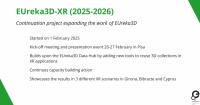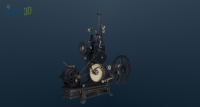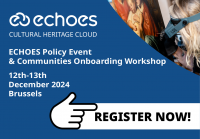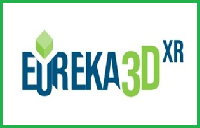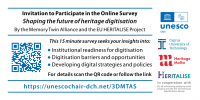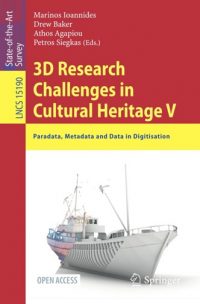The e-documentation of Cultural Heritage (CH) assets is inherently a multimedia process and a great challenge, addressed through digital representation of the shape, appearance and conservation condition of the heritage/cultural object for which 3D digital model is expected to become the representation. 3D reconstructions should progress beyond current levels to provide the necessary semantic information (knowledge/story) for in-depth studies and use by researchers, and creative users, offering new perspectives and understandings. Digital surrogates can add a laboratory dimension to on-site explorations originating new avenues in the way tangible cultural heritage is addressed.
The generation of high quality 3D models is still very demanding, time-consuming and expensive, not at least because the modelling is carried out for individual objects rather than for entire collections and formats provided in digital reconstructions/representations are frequently not interoperable and therefore cannot be easily accessed and/or re-used or preserved.

This 15-20 minutes long survey aims to gather your advice concerning the current and future e-documentation of 3D CH objects. We would appreciate your taking the time to complete it.
Your responses are voluntary and will be confidential. Responses will not be identified by individual. All responses will be compiled together and analyzed as a group. The results of this survey will be published before the end of this year on the channels of Europeana Profesional (pro.europeana.eu), CIPA (Comité International de Photogrammétrie Architecturale – http://cipa.icomos.org/), Digital Heritage Research Lab (http://digitalheritagelab.eu/dhrlab/lab-overview/) and Digitale Rekonstruktion (http://www.digitale-rekonstruktion.info/uber-uns/).


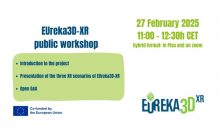
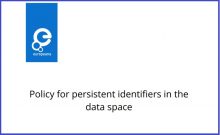
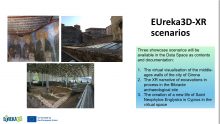
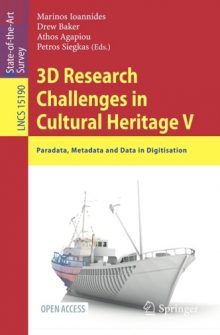
 If you have interesting news and events to point out in the field of digital cultural heritage, we are waiting for your contribution.
If you have interesting news and events to point out in the field of digital cultural heritage, we are waiting for your contribution.






